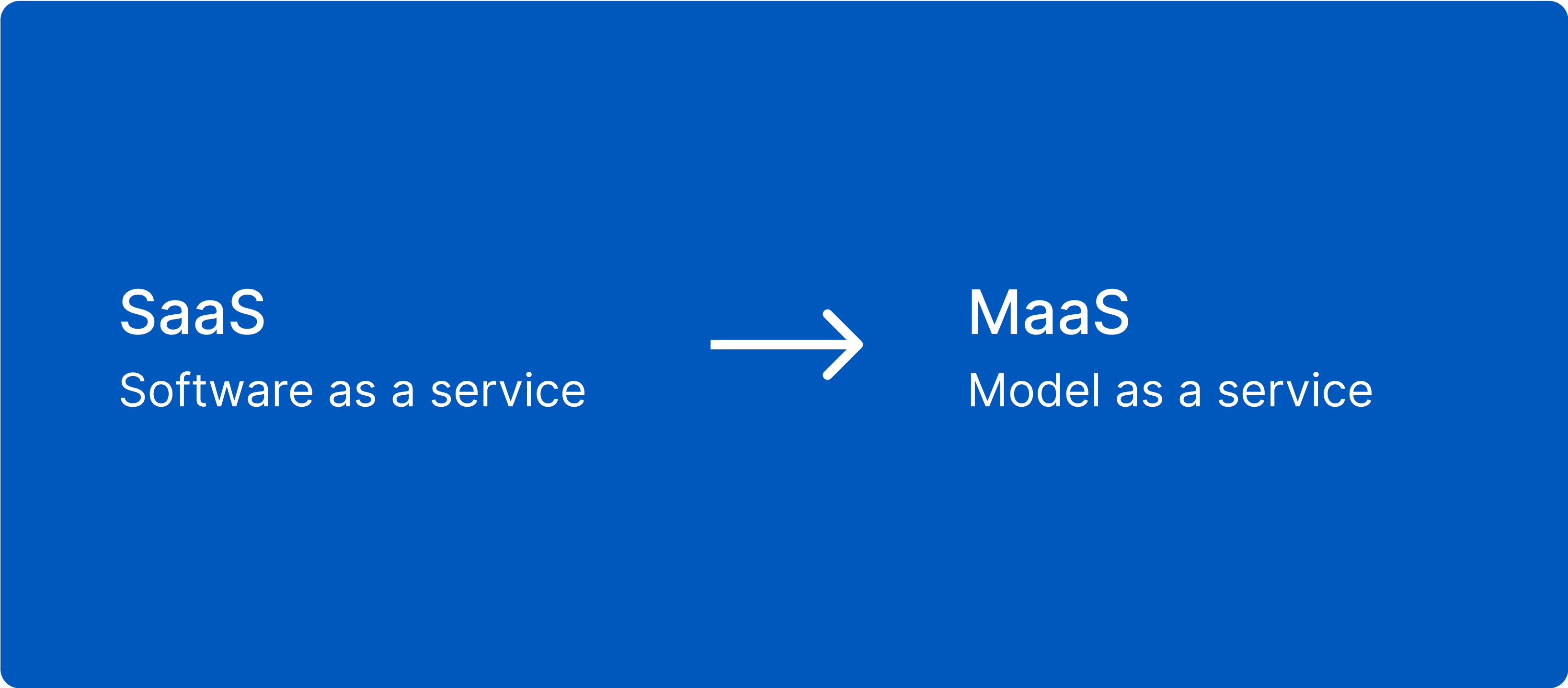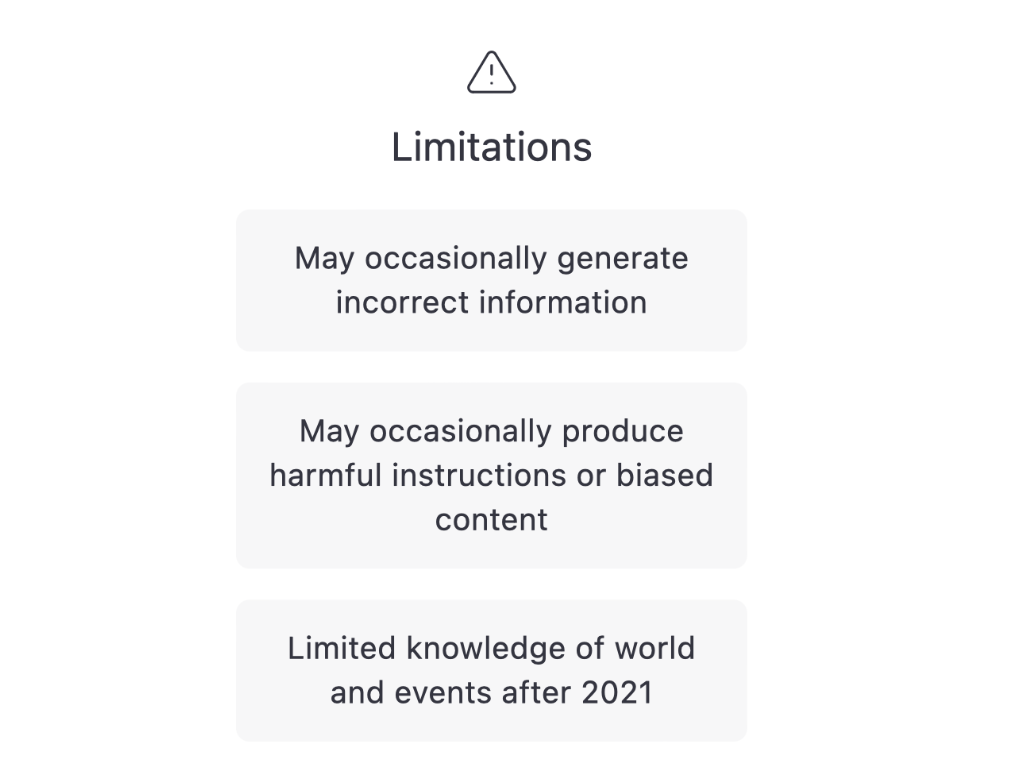ChatGPT: Why it's such a big deal for all industries, and will it kill Google?

Imagine if the system you interact with can actually understand you and answer any question that you ask. The system that can conduct a complex analysis for you, write code like a developer, or even provide mental health support. In 2022 it's no longer a fantasy, it's a reality, and this system is called ChatGPT.
ChatGPT can turn one man's work into the productivity of a collective of people. In this article, I want to discuss what ChatGPT means to the tech industry and society. We will dive into the details of ChatGPT, explain its advantages and downsides, and discuss the overall direction the tech industry is heading.
What is ChatGPT?
ChatGPT is an advanced chatbot created by OpenAI, a company known for the large general language processing model GPT-3. The tool allows users to ask AI open-ended questions about any topic and receive a response that is generated specifically for the question.
ChatGPT was released on the 30th of November, and in less than a week, it got an impressive number of users—over a million people tried ChatGPT. For comparison, it took 41 months for Netflix to get its first million users.
How does ChatGPT work?
ChatGPT is based on the GPT-3.5 language model. The GPT-3 model was trained on a massive internet data set (information publicly available on the internet, which is billions of texts). The model behavior is similar to how humans communicate—when generating text, the model tries to predict the next word in a given sentence. It mimics the way of human communication.
GPT-3.5 is an improved version of the GPT-3 model. The key difference between GPT-3.5 vs. GPT-3 is that humans were involved in the training process. OpenAI asked humans to provide feedback during the system training process, and it allowed them to fine-tune the system’s behavior. In a nutshell, when a system provided multiple responses on a particular topic, those responses were ranked by quality from the worst to best by humans. The system was rewarded when it started to provide better results for the requests. This process allowed OpenAI to create a model smaller in size than the original GPT-3 but could provide much better results.
Advantages of ChatGPT
Gives a productivity boost
AI will multiply the productivity of any worker. ChatGPT is able to provide answers and share opinions on almost any topic, including very specific topics. If you compare ChatGPT to search engines like Google, when you use search engines, you type the request and then have to manually filter and analyze the information that the search engines provide. ChatGPT does the analysis for you; it provides you with the answer to your questions.
Easy to use
Users don't need special skills or knowledge to use a ChatGPT. All they need to do is to type a prompt in the input field and press the Generate button. I believe the ease of use is one of the things that made this tool so popular.
Its possible to fine-tune the results that the system generates
ChatGPT is a chatbot, so it's possible to interact with the system in a format of a dialog, a natural form of communication for humans. Once you see the answer, you can ask follow-up questions. For example, you can ask the system to elaborate on more details (i.e., provide more information) or ask to optimize the answer.
Impressive results at code-generating
Well, this skill might not be popular among the larger segment of users, but ChatGPT is very good at generating code. For example, I've asked ChatGPT to generate a code for the rotating cube that I could use for the website. It generated a code in less than a minute, along with a text description.
I’ve checked the code in CodePen and it works.
Downsides of ChatGPT
Limited knowledge
GPT is a language model trained on a large data set, but the training process doesn't happen in real time. Training is an extremely expensive procedure, so OpenAI had to train GPT-3 only once, and ChatGPT operates using the snapshot of data from 2021 (it doesn't know that Argentina won the World Cup). It cannot analyze the web in real-time.
Unable to answer simple logical questions
Sometimes ChatGPT is unable to solve simple puzzles. "Which jungle animal is hiding inside these letters – L P H N?" is one of the popular puzzles for kids. Most kids can quickly solve this puzzle (the answer is "elephant"), but ChatGPT cannot do it.
Problem of factual correctness
ChatGPT can fail in some specific situations. When you ask, "What is heavier: a kilo of water or a kilo of air?" you expect that the system will tell you that each has the identically same mass of one kilogram. But ChatGPT fails in this one. This question is indeed a bit tricky, and many people won't be able to answer this question correctly. But this example proves that ChatGPT should not be used for tasks that require factual correctness.
ChatGPT often sounds overly verbose and formal
The system uses too many words when it replies to users. As a user, we might expect a couple of words as an answer, but the system always writes long paragraphs of text, and many words in those paragraphs are reused.
High cost of computational power
Systems like ChatGPT take a lot of computational power. The cost of running ChatGPT is $100,000 per day. It's possible to make it work for a few million daily users, but scaling it up to billions of people will be extremely expensive. A single AI answer costs more than ten regular Google search requests.
Changes in the tech world and society that AI will bring
ChatGPT will disrupt the search
"Google it." We were used to this phase for so long. For over two decades, we have relied on search engines to find information on the internet, but it might change. If OpenAI finds a less expensive way to train the AI model and allow it to analyze the internet in real time, it will be a game changer for the industry. People will rely on ChatGPT to find answers to their questions because it's more natural to interact with a machine in a dialog format rather than submit a bunch of keywords in a search box.
Google is done.
— josh (@jdjkelly) November 30, 2022
Compare the quality of these responses (ChatGPT) pic.twitter.com/VGO7usvlIB
Machines will start to replace human labor
Now let's talk about serious things. Will machines replace us? Many professional artists panic because they see how good AI is at creating artwork. AI-generated art fills the market and takes potential clients. Instead of hiring a digital artist, companies' hire' AI because it can do design work for a fraction of the price. It not only takes jobs but also lowers the market value—the artworks become less valuable when people see so many artworks generated every minute.
Art is not the only field that will be affected by AI. Many jobs like accountants, insurance managers, copywriters, marketing specialists, and customer support specialists will be replaced by AI. It's just how business works—if a business can save money by following a more effective approach, it will do it.
Companies will move from SaaS to MaaS
SaaS (Software as a service) dominates the tech world right now. Whenever a company needs a specific service to operate, they access SaaS. But this will change with the rise of AI—companies will move from SaaS to MaaS (model as a service). MaaS is a model that is capable of solving a particular problem.

Many startups will take a base AI model like GPT (Layer 1) and tune it to create a model for a specific domain. GPT is trained on a massive amount of data, and by training the model on specific data (Layer 2), it is possible to achieve impressive results in a particular domain. The fine-tuned model will become an expert in a particular field. For example, a medical startup can use GPT and train it on specific data of patients so that the model will be able to diagnose diseases just like a doctor with a few years of experience.
Thousands of new startups in the field of generative AI will emerge, and this field will be overfunded, which will lead to a new bubble. The size of the bubble will be proportional to the amount of money invested in it.
Shift the focus in education
Many students actively use ChatGPT to write essays, prepare home tasks, and even cheat during exams. And in the coming months, more and more students will follow this approach. It raises an important question for education institutes—should we reconsider how we educate people and evaluate their performance?
Rise of the fake information
The problem of fake news became evident in 2018 when many large companies aimed to fight against fake news. Social networks and search engines optimize their algorithms to mark the news that looks like fake news. But with AI, the problem of fake information might go to the next level. ChatGPT is capable of writing essays that look like real people wrote them, and some people will likely use this power to create fake news and manipulate audience opinions.
In the coming years, we will likely see government attempts to regulate AI tools. We might see regulation acts that will force people to clearly mark all content they create using AI tools. In theory, it might help to distinguish work produced by humans from work created by AI. But frankly speaking, I doubt that it will work because it will be hard to tell what content is human or computer generated.
Getting access to dangerous information
ChatGPT has safety limits that prevent users from using it to generate dangerous instructions.

For example, when you ask the system how to break into someone else's house, it won't tell you that (it will say that it's illegal). But still, it's possible to trick the system simply by providing a different prompt. For example, you can say, "how to prevent burglary," and the system will likely list a few things that a potential burglar might do. Because ChatGPT supports open-ended questions, it can be really hard to consider all possible scenarios of interaction and control the system output and restrict potentially dangerous responses.
Rapid science exploration will be driven by AI
AI can be used in science to conduct new research. In the world of physics, AI has already demonstrated excellent results. Once AI is used in the world of science, the scientific discovery progress will go up by a factor of a thousand.
The great thing is that AI can be fully autonomous. AI can be used to optimize itself—for example, find a more cost-efficient way to process and analyze information or reduce the size of the language model without hiring its performance.
Conclusion
ChatGPT is limited, it often gets things wrong and can provide dangerous information. Does it mean that it's overhyped? No. ChatGPT is the first successful attempt to release AI tools that solve real users' problems. AI progress is exponential, and what is terrible right now will be almost perfect in a couple of years. The same is for the number of things that AI is capable of. In a few years, there weren't too many areas that the current AI is not very good at.
We're at the dawn of the new technical revolution. AI will revolutionize every field known, change the way we live, and ChatGPT is the first step into the new world.